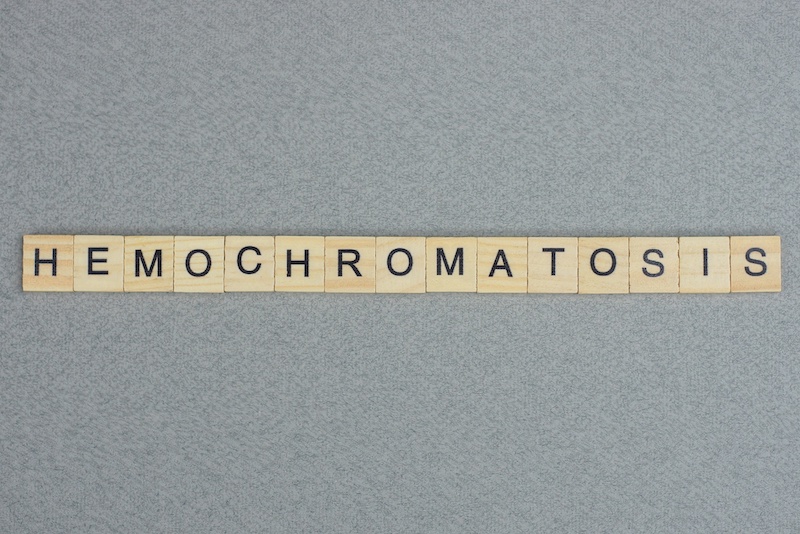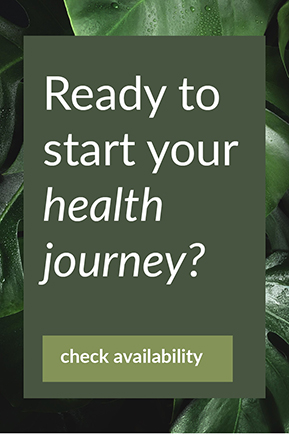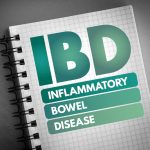This blog is for those that have been diagnosed by their GP as having haemochromatosis however many of the suggestions in this education piece can be useful if your blood tests results indicate high iron levels.
Haemochromatosis is a health condition whereby excess iron accumulates in the body (also known as iron overload). There are several ways that iron overload can occur including:
Excessive intake/ absorption of dietary iron
- Most commonly due to hereditary haemochromatosis, a common genetic condition affecting around 1 in every 200 people of European descent
- May also be due to high iron supplementation combined with high intake of iron-rich foods
- Multiple blood transfusions may also contribute
Inadequate excretion of iron
- Blood conditions such as thalassaemia may cause inadequate iron excretion
- Liver damage can reduce clearance of many substances from the body, including iron
Understanding the underlying causes and factors contributing to your haemochromatosis is important for establishing an appropriate treatment strategy. A detailed healthy history in combination with appropriate naturopathic testing will help to establish what is causing your haemochromatosis.
By and large, hereditary haemochromatosis is the most common cause of iron overload due to changes in iron transport and metabolism. This is a genetic condition (mutation of genes) whereby the body doesn’t produce enough of the chemical hepcidin as an example, which is responsible for regulating the amount of iron that the body can absorb. Low hepcidin levels means the body cannot identify when body iron stores have reached sufficient levels and so continues to absorb iron unimpeded. Typically, the body stores no more than 1 gram of iron, but for those with haemochromatosis, 5g or more may accumulate in the body, stored in parenchymal cells in the liver, pancreas, skin, heart, and other organs, in the form of ferritin.
There are 4 main types of hereditary haemochromatosis, which each develop symptoms at different stages in a person’s life
- Type 1 – the most common form – begins in adulthood. Symptoms typically develop between 40 and 60 in men, and just after menopause in women. Type 1 hereditary hemochromatosis results from a genetic variation to the HFE gene on chromosome 6 and usually involves the C282Y and H63D alleles.
- Type 2 – also known as the juvenile onset form – begins in childhood and symptoms affect normal health and functioning by age 20
- Type 3 – symptoms develop by age 30
- Type 4 – similar in time of onset to type 1
Although the age of symptom onset varies, the treatment for all 4 types of haemochromatosis is the same.
Then there is what is known as Secondary hemochromatosis, and this is linked to an exposure to excess amounts of iron in the body. This can be attributed to iron transfusions, dietary iron overload via consumption of high iron-containing food or via hemolysis-linked iron overload (destruction of red blood cells).
Hemolysis-linked iron overload: Whilst rare, exposure to toxic heavy metals can potentially trigger hemolysis (red blood cell death). Heavy metal-induced hemolysis is controversial however the increase of free radicals from heavy metal exposure may play a role in disrupting red blood cell membranes. In addition, heavy metals lead to a depletion of our body’s antioxidants or a disturbance of important enzymes. This can cause severe oxidative stress-associated hemolysis (red blood cell death) and create hemochromatosis.
Foodborne infections and bacterial toxins can also trigger this hemolysis and be a rare cause of hemochromatosis.
In naturopathy, it is important to understand the cause of your hemochromatosis. Whether it be primary or secondary, a focus on dietary strategies and herbs and supplements to counterbalance negative impacts on your body are important.
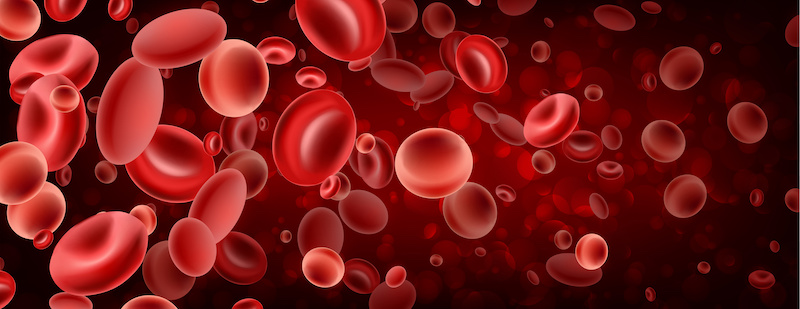
Why is Excess Iron an Issue?
Iron is an essential trace nutrient required for vital bodily functions, including carrying oxygen to every cell in the body via haemoglobin. However, too much of a good thing causes real problems for the body. If left to accumulate to high levels, iron becomes a toxin. Iron toxicity in cells causes oxidative stress, resulting in organ damage. Left untreated, haemochromatosis can lead to significant damage in many different organs in the body, but particularly the liver, kidneys, pancreas, and heart, where iron concentrations are the highest. It can even lead to serious illness, including infertility, cirrhosis, liver cancer, diabetes, arthritis, and organ failure. This is why regular iron studies and screening are important for those with a positive family history of the condition.
There are two types of iron in our diets – heme iron and non-heme iron. Heme iron is found in animal foods, particularly red meats (beef, lamb, kangaroo) and organ meats (such as liver), as well as in poultry (chicken, turkey, quail), pork and game meats, eggs, and dairy. Heme iron is readily absorbed by the body. Non-heme iron is the type found in plant foods. Particularly high sources of non-heme iron include legumes and dark leafy greens like spinach and kale. Non-heme iron is less readily absorbed by the body. This is because heme iron is bound up in other molecules, which the body needs to break down before being able to absorb the iron. Plant foods also contain nutrients and constituents such as oxalates and tannins, which can further impair iron absorption.
Symptoms
Haemochromatosis may be initially asymptomatic for many years. Early symptoms of haemochromatosis include:
- Fatigue
- Weight loss
- Abdominal pain
- Joint pain
- Low libido
In more advanced disease, where iron has accumulated in organs, symptoms may include:
- Jaundice, bruising and upper abdominal pain (liver damage)
- Increased thirst and frequent urination (diabetes or pre-diabetes symptoms due to pancreas damage)
- Heart palpitations, breathlessness, swollen ankles (heart damage)
Naturopathic Testing
Testing is required for establishing baseline iron levels, which can help to direct treatment strategies for management of the condition. Tests that may be ordered include:
- Iron studies including ferritin, iron level, total iron binding capacity (TIBC), and transferrin saturation
- Liver function tests including ALT and AST
- Genetic testing (if hereditary hemochromatosis is suspected but not confirmed)
- Heavy metal testing
Naturopathic Treatment Strategies
The primary goals of naturopathic treatment for haemochromatosis are fourfold:
- Reduce the intake and absorption of iron
- Increase the excretion of iron from the body
- Repair damage to organs and body tissues
- Increase antioxidant levels
Your GP may request that you have early treatment of haemochromatosis with weekly or twice-weekly phlebotomy/ venesection (similar to blood donation), until stored iron levels are normalised. Ongoing treatment generally involves phlebotomy two to four times a year to maintain safe levels in the long term. The Australian Red Cross Lifeblood has a therapeutic phlebotomy program that enables those with haemochromatosis to donate the blood taken during treatment if eligible. In addition to phlebotomy, diet and lifestyle changes following naturopathic principles will also help you to keep your iron levels in check in the long term.
Nutritional Treatment
This is a large component of the detailed treatment suggestion plan that I Provide to my clients when working with them to reduce iron overload. Everyone’s plan is unique however it may include the following:
Increase consumption of plant-based meals or consider a vegetarian diet
As discussed above, the majority of iron for most people comes from animal products, especially red meats. One of the best ways to reduce iron overload in the body is to heavily reduce or eliminate meat intake and instead adopt a plant-based diet. This may not mean being completely vegetarian, but instead limiting your meat intake and making swaps for vegetarian protein sources whenever possible.
Avoiding iron supplements
Avoid consuming high amounts of vitamin C rich foods or drinks with meals high in iron
Reduce alcohol consumption
Alcohol increases the absorption of iron.
Reduce consumption of sugary foods
Sugar can increase the absorption of iron.
Eat Plenty of Antioxidant-Rich Fruits and Vegetables
In order to protect the liver and other organs from the oxidative stress caused by iron overload, we need to be consuming plenty of antioxidants in the diet.
Reduce the burden on your Liver
Due to the excess iron in your system that needs to be processed and excreted, the liver is very hard at work and may become burdened by additional stressors from toxins in your daily environment. Naturopathic guidance on how to reduce this burden with dietary and lifestyle suggestions plus liver protective and nourishing herbs is always a component of the treatment suggestion plan.
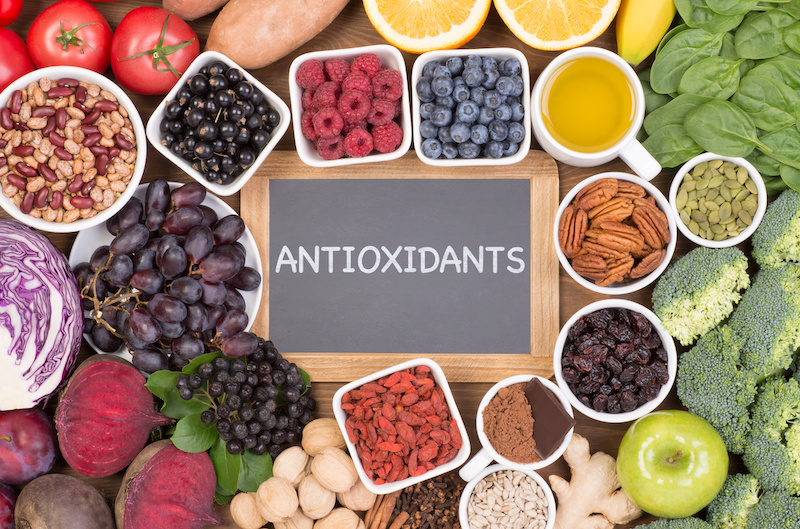
Supplements and Herbs
Each person’s health situation is unique, and a tailored treatment plan would be devised for you, however some of the common herbs and supplements that may be required for you include the following:
Magnesium and Zinc
Both Magnesium and Zinc compete for absorption with Iron.
Fibre Supplement to bind to iron
Antioxidant Supplements to help boost antioxidant levels to combat tissue damage from iron overload.
Herbal Medicines
Whilst certain herbs aren’t suitable to those with iron overload, there are many wonderful herbs that can be of help in managing haemochromatosis, such as milk thistle, globe artichoke, turmeric, or even hawthorn if the heart is affected. Herbs to combat fatigue and other symptoms may also be prescribed should this be a symptom.
It is important to understand the cause of iron overload and keep levels reduced so please reach out for an initial naturopathic consultation via the contact tab on my website or book a complimentary fact finding call. Alternatively, you can email me on [email protected].
References
Brissot, P., Pietrangelo, A., Adams, P. C., de Graaf, B., McLaren, C. E., & Loreal, O. (2018). Haemochromatosis. Nature Reviews Disease Primers, 4.
Cooper, J. (2019, September 10). Haemochromatosis. https://advancedfunctionalmedicine.com.au/haemochromatosis/
Haemochromatosis Australia. (2022). Haemochromatosis. https://haemochromatosis.org.au/haemochromatosis/
Hechtman, L. (2012). Clinical naturopathic medicine. Elsevier Australia.
Oh, C. K., & Moon, Y. (2019). Dietary and Sentinel Factors Leading to Hemochromatosis. Nutrients, 11(5), 1047. https://doi.org/10.3390/nu11051047

